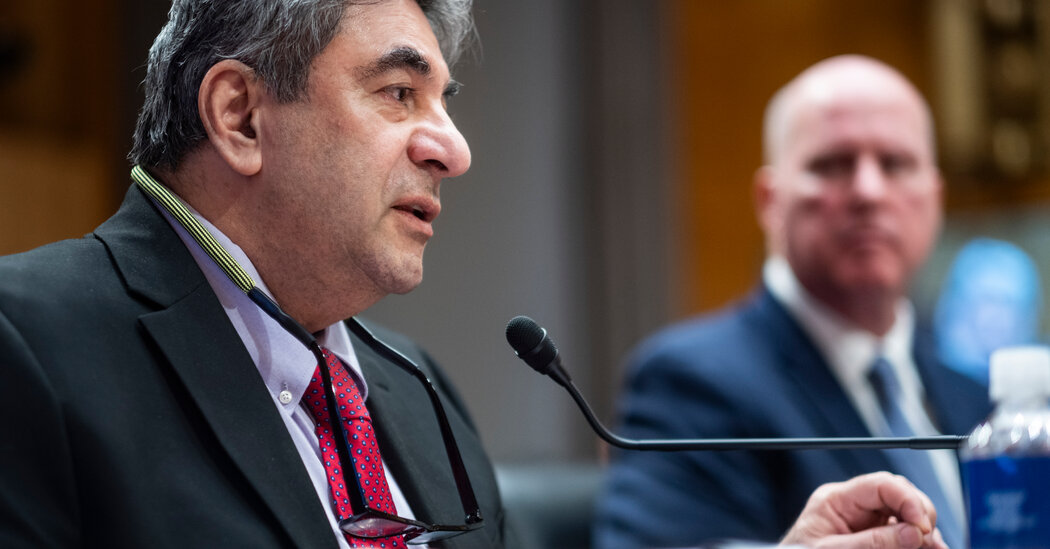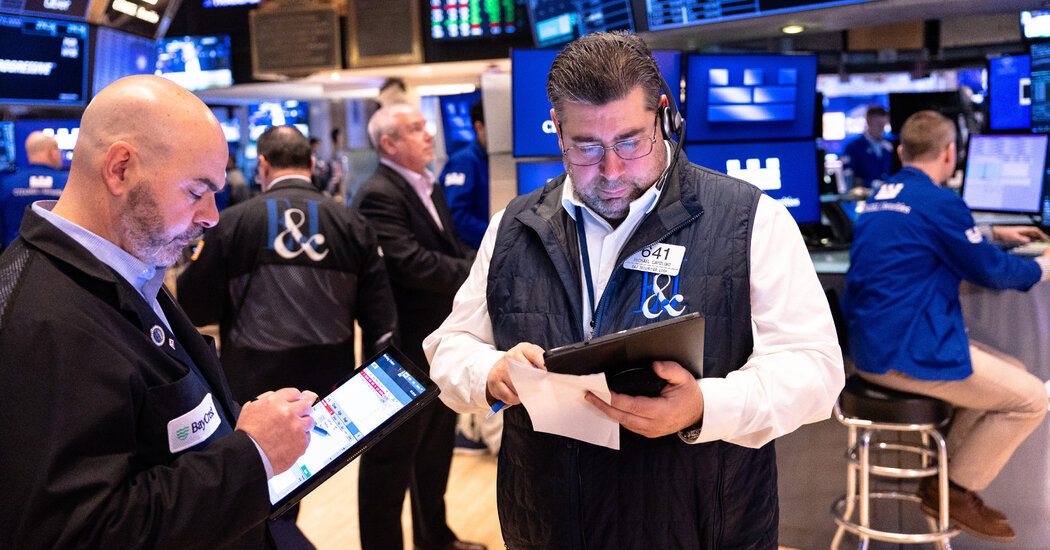A Boeing engineer who went public last week with safety concerns about the company’s 787 Dreamliner told a Senate panel on Wednesday that he was concerned that shortcuts the company was taking would eventually lead to a crash if they continued unchecked.
The engineer, Sam Salehpour, testified that in an attempt to address bottlenecks, Boeing introduced production shortcuts with the potential to lead to planes breaking apart during flights. Mr. Salehpour said that the company was knowingly putting out defective planes and that he was punished by his superiors for raising his concerns.
“I have analyzed Boeing’s own data to conclude that the company is taking manufacturing shortcuts on the 787 program that could significantly reduce the airplane’s safety and the life cycle,” Mr. Salehpour told the Senate Homeland Security and Governmental Affairs Committee’s investigations subcommittee.
“Details that are the size of a human hair can be a matter of life and death,” Mr. Salehpour said.
Mr. Salehpour, who has been at Boeing for over a decade, said the problems resulted from changes in how sections of the Dreamliner were fastened together during the manufacturing process. Boeing has acknowledged that manufacturing changes had been made but said the durability of the airframe was not affected, and the company has continued to express confidence in the plane and its safety.
“Extensive and rigorous testing of the fuselage and heavy maintenance checks of nearly 700 in-service airplanes to date have found zero evidence of airframe fatigue,” Boeing said in a statement issued before the hearing, adding that the company was “fully confident in the safety and durability” of the plane.
The subcommittee’s chairman, Senator Richard Blumenthal, Democrat of Connecticut, said that the panel did not want Boeing to fail but added that the company needed to be held accountable.
“It is a company that once was pre-eminent in engineering and safety,” Mr. Blumenthal said. “We want to restore the luster of that reputation and its business, which have been so sadly battered.”
Mr. Salehpour appeared on Capitol Hill about a week after The New York Times reported his claims about the Dreamliner, a wide-body jet that is both a key product for Boeing and one that has caused the company a litany of problems over the years.
Mr. Salehpour went public at a time when Boeing was already facing questions over the quality and safety of its passenger jets after a door panel blew off a 737 Max during an Alaska Airlines flight in January. Since then, the company has come under investigation by the Federal Aviation Administration and the Justice Department over the episode.
Mr. Salehpour’s allegations about the Dreamliner, which relies heavily on lightweight composite materials, were the latest blow to the plane maker’s reputation. He has said that sections of the plane’s body were improperly fastened together and could break apart during flight after thousands of trips.
The company tried to rebut Mr. Salehpour’s claims on Monday by hosting reporters at the South Carolina plant where the Dreamliner is assembled. Two high-ranking engineers detailed the extensive testing that the aircraft had received and said that the company had found no evidence of fatigue in the plane’s composite structure.
No one from Boeing was among the witnesses at the hearing. Last month, Mr. Blumenthal and the top Republican on the subcommittee, Senator Ron Johnson of Wisconsin, wrote to Boeing’s chief executive, Dave Calhoun, and asked him to testify on Wednesday. Boeing is in talks with the senators about appearing before the subcommittee.
“Boeing understands the important oversight responsibilities of the subcommittee, and we are cooperating with this inquiry,” the company said in a statement. “We have offered to provide documents, testimony and technical briefings, and are in discussions with the subcommittee regarding next steps.”
Mr. Salehpour testified alongside another Boeing whistle-blower, Ed Pierson, a former senior manager who retired from the company in 2018 and testified before Congress the next year after two deadly crashes involving the 737 Max. They were joined by Joe Jacobsen, an engineer who worked at Boeing and the F.A.A., and Shawn Pruchnicki, a former airline pilot who teaches at Ohio State University.
The Senate Commerce Committee also held its own hearing involving Boeing on Wednesday. The panel heard from members of a panel of experts that produced a recent F.A.A. report faulting Boeing’s safety culture.
Javier de Luis, an aeronautics professor at the Massachusetts Institute of Technology, lost his sister Graziella de Luis Ponce when a 737 Max Ethiopian Airlines flight crashed in 2019. He described a significant disconnect between the statements of Boeing management and the reality for Boeing employees.
“They hear safety is our No. 1 priority, but what they see is that that’s only true as long as your production milestones are met,” Mr. De Luis said.




Your point of view caught my eye and was very interesting. Thanks. I have a question for you. https://www.binance.info/pt-PT/join?ref=V3MG69RO